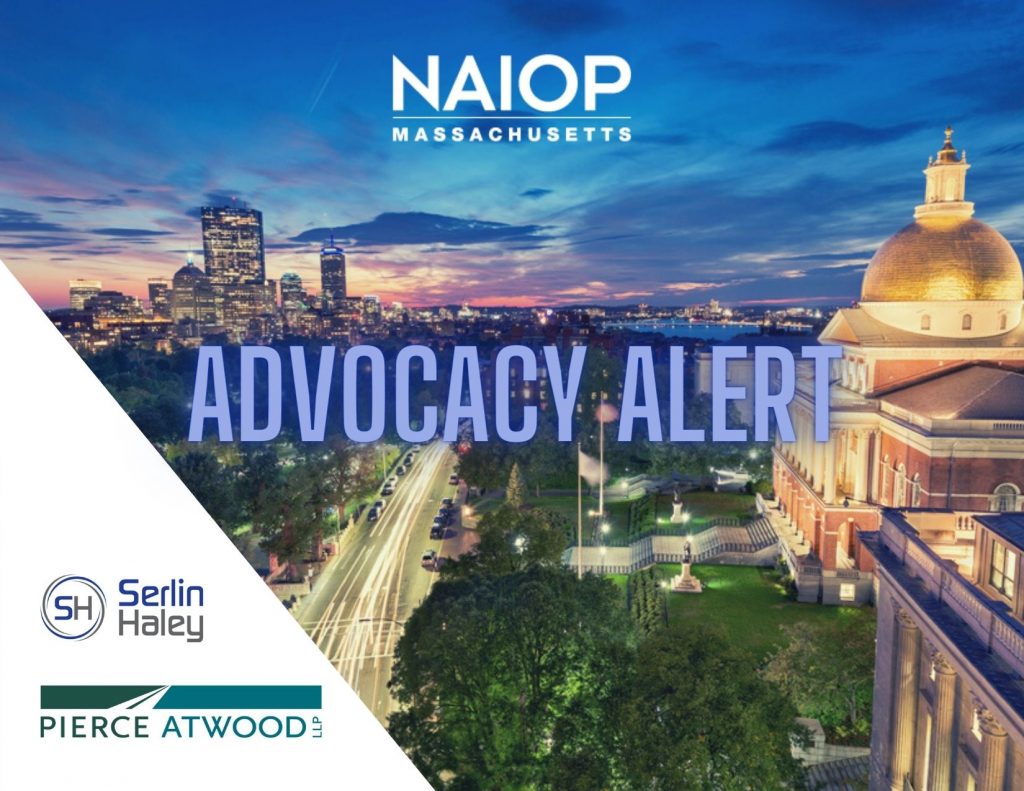Lab and Life Science
What’s the Forecast for Commercial Real Estate?
Since the beginning of 2020, fear of a recession has kept economists and policymakers up at night. But even now, despite high interest rates, consumer spending is up, and many are asking – is this the recession we planned for? At a recent mid-year economic overview hosted by NAIOP Massachusetts, the experts dug into the data.
Read MoreMayor Wu Announces Proposed Changes to Linkage and Inclusionary Development
On December 15, Boston Mayor Michelle Wu announced a set of proposals to make substantial changes to the City’s Inclusionary Development Policy (IDP) and the commercial Linkage Policy. The announcement also previewed the City’s intent to review proposed changes to the Article 80 permitting process with the goal of implementing clear timelines and predictability for projects.
Read MoreNAIOP ADVOCACY ALERT: Climate Bill Enacted; BPDA Implements DEI Policy; New Zoning Rules for MBTA Communities Released
NAIOP ADVOCACY ALERT: Climate Bill Enacted; BPDA Implements DEI Policy; New Zoning Rules for MBTA Communities Released Support for our Advocacy Alerts is Generously Provided By: Serlin Haley, LLP and Pierce Atwood, LLC GOVERNOR BAKER SIGNS CLIMATE BILL This afternoon, Governor Baker signed An Act Driving Clean Energy and Offshore Wind. Throughout the legislative process,…
Read MoreInvesting in Water Infrastructure Has to Be at the Top of the List
When communities invest in water infrastructure, they protect their residents, set up their local businesses for success and create future opportunities for economic investment – as demonstrated by MassBio’s BioReady evaluation. Such investments in Burlington led to 300 new apartment units in one mixed-use development; similar upgrades in Revere resulted in over 200 new units of housing.
Read MoreLab, Life Science Space Will Only Drive Our Recovery If Nurtured
The demand for lab and life science space is driving construction all over the commonwealth, and there’s no slowdown on the horizon. Existing vacancies in Boston are at 1.1 percent and the larger market is hovering at 2.5 percent. This lack of supply has caused pricing to skyrocket where other sectors of commercial real estate have stalled. As one example, rents in Watertown hit levels comparable to Kendall Square’s pre-pandemic rents earlier this year. While new construction and lab conversions are up, prices remain high, as demand continues to exceed supply. The majority of new space coming online in 2022 is already committed.
Read More



